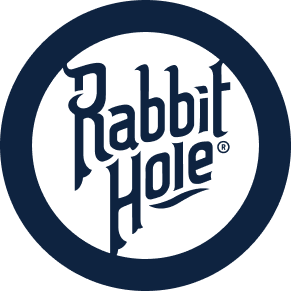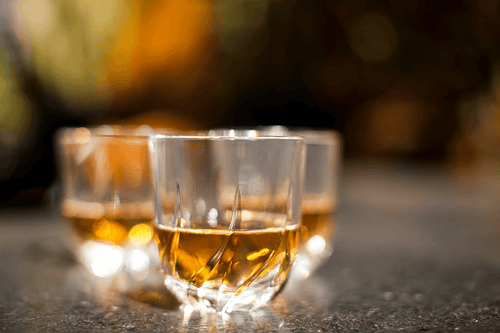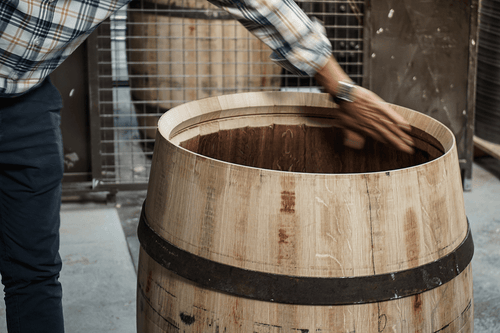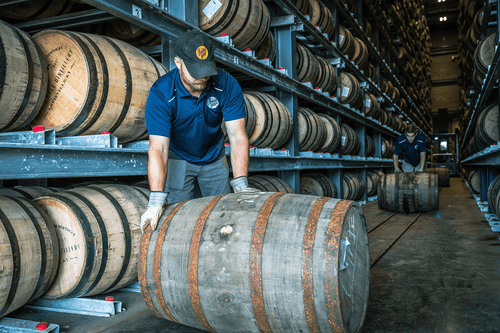The Birth Of Kentucky Bourbon: 1792
THE BIRTH OF
KENTUCKY BOURBON: 1792
Kentucky bourbon is a type of whiskey produced in the state of Kentucky. This distinctly American spirit doesn't have to be made in Kentucky if it's called bourbon. However, over 90% of bourbon comes from Kentucky. You will often see the words Kentucky bourbon 1792 used together...
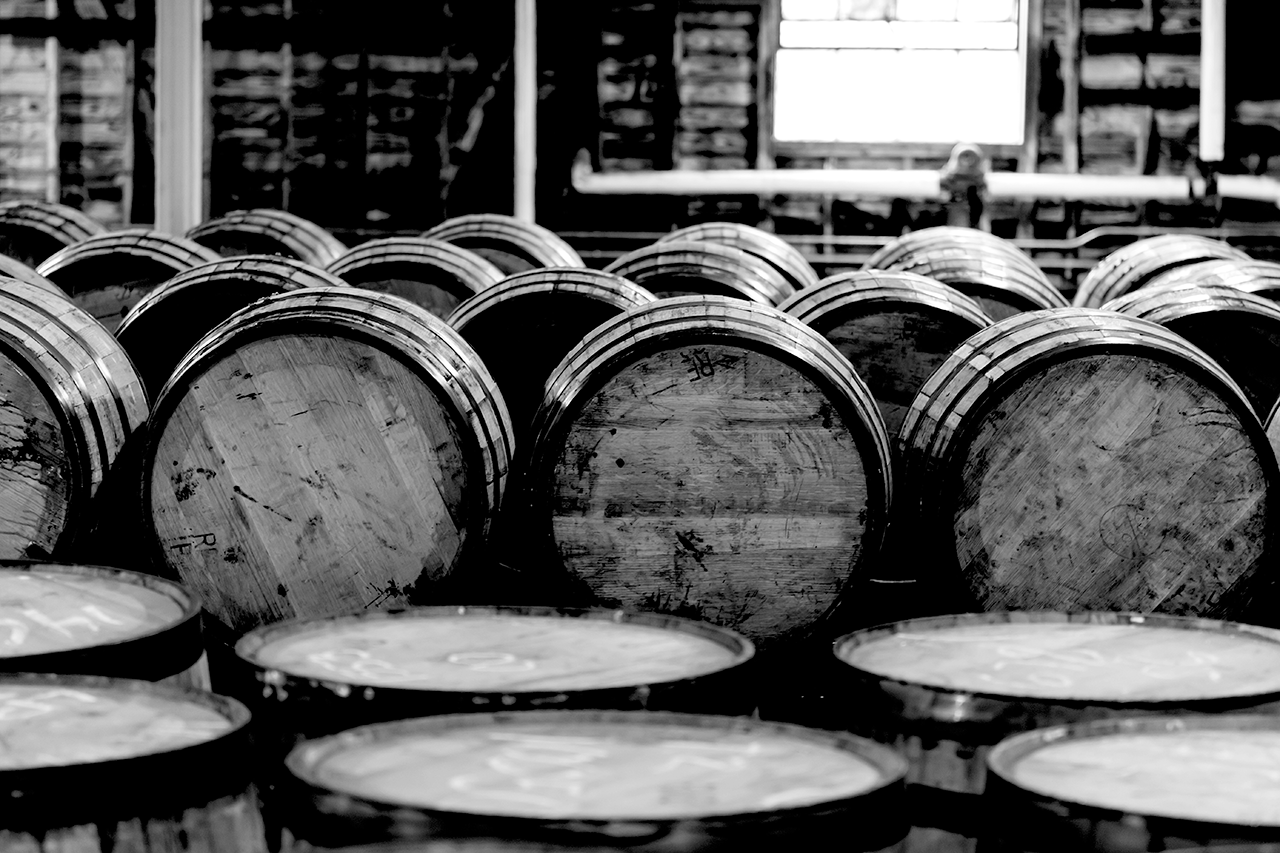
Kentucky bourbon is a type of whiskey produced in the state of Kentucky. This distinctly American spirit doesn't have to be made in Kentucky if it's called bourbon. However, over 90% of bourbon comes from Kentucky. You will often see the words Kentucky bourbon 1792 used together. Learn about the significance of Kentucky to bourbon history and the bourbon, 1792, and contemporary bourbon production connections.
What Is Kentucky Bourbon?
Kentucky bourbon is a type of whiskey produced in Kentucky. It follows the rules for bourbon production, which have official regulations for proof, aging, barrel, and mash. Bourbons are:
- Primarily made of corn mash (at least 51%).
- Distilled at a maximum of 160 proof.
- Aged in new oak charred barrels.
- Not aged any higher than 125 proof.
Straight bourbon must age for at least two years. Any straight bourbon under four years must have an age statement on the bottle. Distillers cannot add color or flavor to ensure the bourbon maintains its integrity.
The Birth of Kentucky Bourbon
The birth of Kentucky bourbon isn't entirely clear. Some historians believe bourbon came to the Kentucky area between 1791 and 1794 with settlers looking to escape the Whiskey Rebellion. Under that theory, it would mean there might not have been Kentucky bourbon in 1792. However, other experts suggest whiskey distillation started before the rebellion because these settlers wouldn't have wanted to remain in Kentucky if there was a chance of legal trouble.
Going with the assumption that there was bourbon before 1792, one story suggests Scotch-Irish settlers brought their distilling knowledge with them. Yet another theory points to Evan Williams, whom some herald as Kentucky's first distiller. People claim Williams was making whiskey distilled from corn since 1783. Unfortunately, there's proof that Williams didn't arrive in Philadelphia until 1784. Other names have also come up for the first distiller in the area.
Tracing Kentucky bourbon to 1792 or earlier is also complicated because some historians believe bourbon was not an invention but more of an evolution with Kentucky bourbon before 1792. While the origins of Kentucky bourbon in 1792 might be unclear, one point is certain: We are all grateful for the events that led to bourbon distilling today.
Essential Dates in Kentucky Bourbon History
Some of Kentucky bourbon's most important dates didn't happen in 1792. These milestones don't coincide with Kentucky's statehood but with events and conflicts before and after 1792.
The concept of using corn, an ingredient that makes bourbon so special, dates back thousands of years, all the way to 7,000 B.C. Native Americans domesticated a Mexican weedy grass called teosinte. Teosinte eventually evolved into the corn used to make bourbon. The American war for independence from Great Britain in 1776 significantly hindered the sugar trade, affecting rum production. Americans looked toward distilling alcohol using local grains, such as corn and rye.
Brush up on your knowledge of historical events surrounding Kentucky Bourbon's evolution with this timeline:
1700s-1800s
- In 1783, the first commercial whiskey distillery opened in Kentucky.
- In 1785, Bourbon County, Kentucky, established itself.
- In 1821, the first known ad for bourbon appeared in a Kentucky newspaper.
- The official name "bourbon" attained recognition in 1840.
- The year 1870 represents the first time bourbon started being packed into sealed bottles for sale rather than barrel sales.
- In 1897, the Bottled in Bond Act debuted to address mislabeling problems and concerns around dangerous adulterants.
1900s
- From 1920 to 1933, Prohibition in the United States resulted in only six whiskey distilleries remaining open for medicinal purposes.
- In 1938, the mint julep began its association with the Kentucky Derby, eventually becoming an event tradition.
- In 1964, Congress declared bourbon "America's Native Spirit" and the official distilled spirit. This recognition came with the current regulations on what liquor product can legally be called bourbon.
- In 1999, the Kentucky Distillers' Association launched the Kentucky Bourbon Trail for visitors to experience a road trip-style adventure to distilleries.
2000-Present
- In 2007, the U.S. Senate passed a resolution declaring September as National Bourbon Heritage Month to celebrate the bourbon industry's contributions to the country.
- From 2009 to 2014, domestic whiskey sales surged 40% in five years, causing demand to exceed supply.
- In 2017, the number of distilleries rose to more than 1,300.
Kentucky Before Bourbon in 1792
When considering Kentucky bourbon, the 1792 significance, and more, you need to examine some U.S. history. Before it became a state, Kentucky was part of Virginia. Virginia ceded the district of Kentucky in 1792, making it the 15th state of the union. Kentucky was also the first U.S. state west of the Appalachian Mountains. Before its statehood, Kentucky was the site of numerous conflicts between indigenous natives and European settlers.
Kentucky celebrated its 230th year as a state in June 2022. It's hard to believe that at least 230 years of distilling Kentucky bourbon has occurred here since 1792.
Why Kentucky Is Ideal for Bourbon Production
As you learn about bourbon, you'll understand why so many bourbons get produced in Kentucky. For one, Kentucky is on top of massive blue limestone deposits. The limestone filters out iron and unwanted minerals, providing sweeter magnesium and calcium flavors. If you try drinking from a stream in Kentucky, you'll notice how much better the water tastes.
Another reason Kentucky is perfect for bourbon production involves the significant fluctuations in weather. The state has hot summers and chilly winters conducive to bourbon production. The temperature fluctuations mean the charred barrels alternate between releasing and absorbing the spirit during aging. With cold winters and hot summers, the whiskey moves in and out of the wood barrel as it breathes.
Kentucky has fertile ground, providing ideal conditions for bourbon production. Settlers who crossed the Appalachian Mountains discovered how great the land was for growing corn. In 1776, Virginia created the Corn Patch and Cabin Rights Act. This act would give 400 acres to any settler who built a cabin and planted corn in the territory. When immigrants from European countries arrived, many of them already had whiskey-distilling knowledge and experience. They used that experience and adapted their whiskey recipes to include corn.
While Kentucky bourbon's origins are not completely definitive, it's evident that many important events and encounters triggered the popularity of America's Native Spirit. We may not have a specific date to reference, but we can still celebrate the birth of Kentucky bourbon in 1792 alongside Kentucky's official statehood.


















